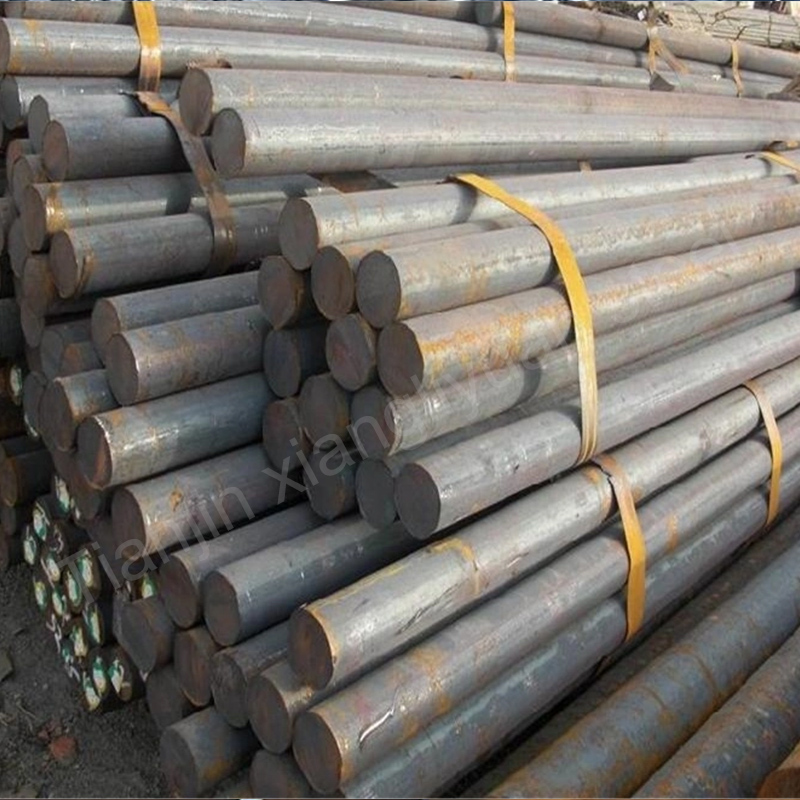
Carbon steel according to the chemical composition (i.e. to the carbon content) can be divided into low carbon steel, medium carbon steel and high carbon steel
Low carbon steel: also known as soft steel, carbon content from 0.10% to 0.30% low carbon steel is easy to accept a variety of processes such as forging, welding and cutting, commonly used in the manufacture of chains, rivets, bolts, shafts and so on.
Medium carbon steel: carbon amount of 0.25% to 0.60% of carbon steel. There are a variety of products such as sedentary steel, semi-sedentary steel, boiling steel. In addition to carbon can also contain a small amount of manganese (0.70% ~ 1.20%). According to product quality is divided into ordinary carbon structural steel and high quality carbon structural steel. Good hot working and cutting performance, poor welding performance. Strength, hardness is higher than mild steel, while the plasticity and toughness is lower than mild steel. Can not be heat-treated, direct use of hot-rolled material, cold-drawn material, can also be used after heat treatment. Quenched and tempered medium carbon steel has good overall mechanical properties. Can achieve the highest hardness of about HRC55 (HB538), σb for 600 ~ 1100MPa. so in the medium strength level of the various uses, medium carbon steel has been the most widely used, in addition to as building materials, but also a large number of used in the manufacture of a variety of mechanical parts.
High carbon steel: often called tool steel, carbon content from 0.60% to 1.70%, can be hardened and tempered. Hammer, crowbar, etc. by the carbon content of 0.75% of the steel manufacturing; cutting tools such as drills, taps, reamers, etc. by the carbon content of 0.90% to 1.00% of the steel manufacturing.
Get A Quote Today
Best quality at the lowest price

